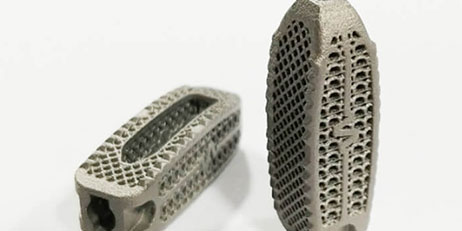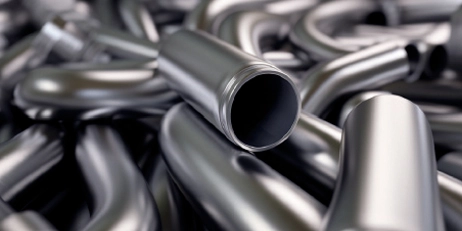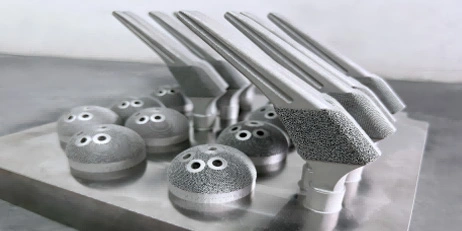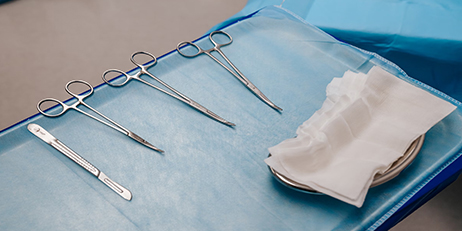Since 3D printing technology can customize the shape of the implant according to the needs of the patient, and can precisely control the complex microstructure of the implant, it can realize the dual adaptation of the shape and mechanical properties of the implant to the body's own bone. It is implanted in orthopedics. The field of medical equipment is favored and developed rapidly. The research on metal raw materials of 3D printed orthopedic implants mainly focuses on titanium& titanium alloys. Titanium has high specific strength, low elastic modulus like cortical bone, low density, high corrosion resistance and good bio-compatibility, so it is used as trauma bone nail plate, knee/hip joint prosthesis and spine Implants are widely used in the field of orthopedic implants.
Due to the unique advantages of 3D printing technology and the good bio-compatibility and mechanical properties of titanium itself, 3D printing of titanium orthopedic implants has been extensively developed in the past 10 years. At present, major global medical device companies have launched their own 3D printed orthopedic implant products, including prostheses such as hip joints, knee joints, spine, craniomaxillofacial and other prostheses.
Among them, the 3D printed titanium alloy orthopedic implant products on the market in China are 3D printed acetabular cups and artificial vertebrae. And spine interbody fusion cage, and metal bone trabecular AVN reconstruction system.
At present, the 3D printing titanium implants is mainly based on selective laser melting (SLM) or electron beam melting (EBM). EBM technology uses magnetic conductive sub-beams to melt metal powder layer by layer to manufacture parts in a high vacuum atmosphere. SLM technology uses a high-power optical laser with a power of 200-500W to fuse metal powder into solid parts.
The main differences between the two 3D printing technologies are: different radiation heat sources, different protective atmospheres, different preheating temperatures for working forming, and different metal structures.
In general, the EBM accuracy is slightly worse, but the molding efficiency is high, the residual stress of the molded parts is low, and no secondary heat treatment is required. It is more suitable for the direct molding of orthopedic implants. Currently, titanium and titanium alloy orthopedic implant products are on the market worldwide. Including domestically marketed 3D printing products, most of which are made by EBM technology. SLM has low molding efficiency, large residual stress, and requires secondary heat treatment, but it has high molding accuracy and has advantages in fine parts and complex structures.

(PLIF interbody cage Photo courtesy of Korean Medical Company Mantiz)
EPLUS3D is Partnering with Korean Medical Company Mantiz to develop the interbody cage for Medical purpose. MANTIZ is medical device company is driven to utilize superior engineering and technology to achieve pain free, active lives for all patients with spinal disorders. If you are interested to know more, please contact us! info@eplus3d.com
























